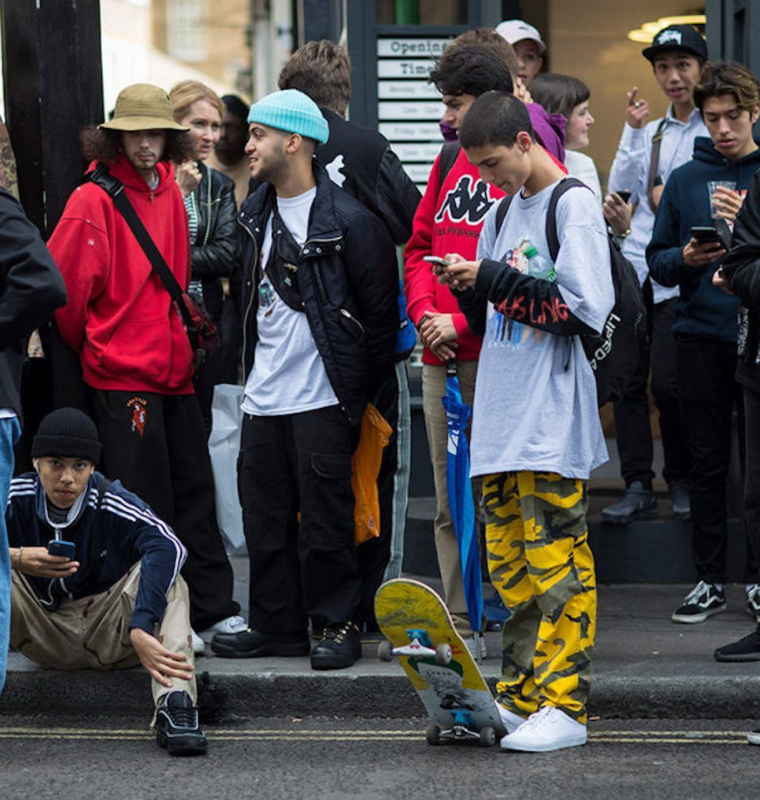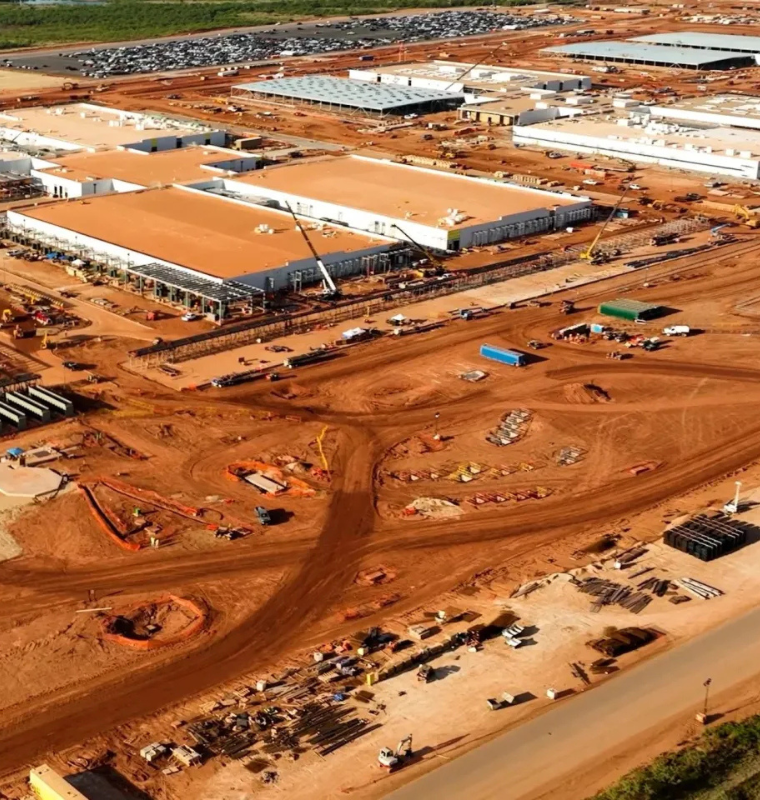China Locks Down Capital for Military Parade as Public Ordered to Stay Indoors
China Locks Down Capital for Military Parade as Public Ordered to Stay Indoors
By
Junia Wells
Last updated:
September 3, 2025
First Published:
September 3, 2025

Photo: South China Morning Post
Beijing has gone into full lockdown as China prepares for its massive “Victory Day” military parade, commemorating the 80th anniversary of the end of World War II in the Pacific. While the event is being positioned as a celebration of national pride and military strength, ordinary citizens have been ordered to stay away — and even keep their windows closed.
A Parade Without the Public
The Communist Party has restricted attendance to party dignitaries, invited guests, and over 20 world leaders, including Russia’s Vladimir Putin and North Korea’s Kim Jong Un, signaling Beijing’s ambition to project global influence. Ordinary citizens will be kept at least a street away, with barriers, security patrols, and rainbow-painted fences used to disguise the heavy restrictions.
Authorities along Chang’an Avenue, the main parade route, told residents to seal their windows and for office workers to stay home from Tuesday evening until after the 70-minute procession ends the following day. Subway stations and shops along the route are shuttered, while police checks have intensified across the six-square-mile lockdown zone — an area roughly four times the size of New York’s Central Park.
Military Might on Display
From Tiananmen Square, President Xi Jinping will preside over the parade, which features 45 military formations and the debut of some of China’s newest battle-ready equipment. According to the Defense Ministry, the parade will showcase tanks, drones, electronic jamming systems, hypersonic missiles, and fighter jets — all designed and manufactured domestically.
Xi will also inspect troops in a carefully choreographed display of discipline and unity, underscoring the Communist Party’s narrative of total control.
Tight Control and Global Messaging
Analysts argue the event is less about public celebration and more about shaping perceptions at home and abroad. “You really are just going to see a stage-managed performance of total control,” said one China specialist, noting the government’s deep concern over internal dissent and its emphasis on presenting an image of stability.
For viewers inside China, state media will broadcast an image of national unity, strength, and prosperity. For foreign leaders in attendance, Beijing aims to demonstrate its growing military capabilities and diplomatic influence, particularly in Asia.
The Bigger Picture
This is China’s largest parade since 2019, when the nation marked the 70th anniversary of Communist Party rule. Since then, President Xi has consolidated power further by abolishing term limits and positioning the military as a cornerstone of China’s rise.
The absence of Western leaders at this year’s commemoration contrasts sharply with earlier parades, highlighting the deepening divide between China and the West. Still, with Putin, Kim, and other allies by his side, Xi is using the event to reinforce China’s role as a central force in reshaping global power structures.
The tightly controlled spectacle offers not just a glimpse of China’s latest military technology, but also a window into how the ruling Communist Party manages its image — ensuring nothing disrupts the carefully curated story of order, strength, and authority.
Popular articles
Subscribe to unlock premium content
Why Consumers Buy Limited-Edition Fashion and Beauty Products

How K-Beauty Changed the Global Skincare Industry and Consumer Expectations

How Streetwear Became a Billion-Dollar Industry From Niche to Mainstream

Why Consumers Buy Limited-Edition Fashion and Beauty Products

How K-Beauty Changed the Global Skincare Industry and Consumer Expectations

Why Consumers Buy Limited-Edition Fashion and Beauty Products









